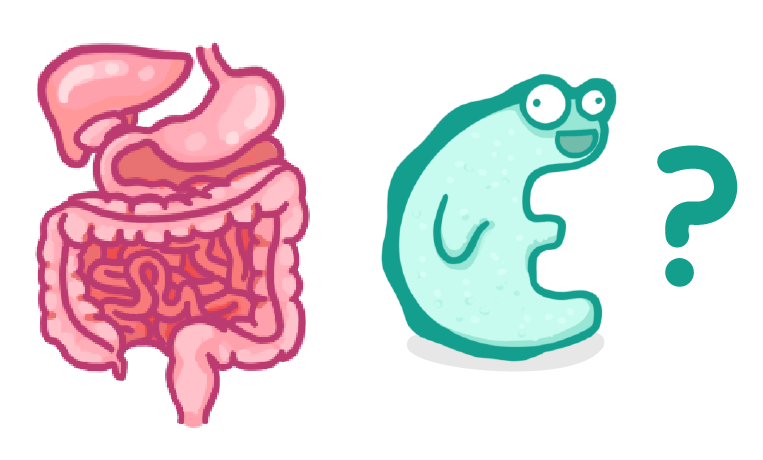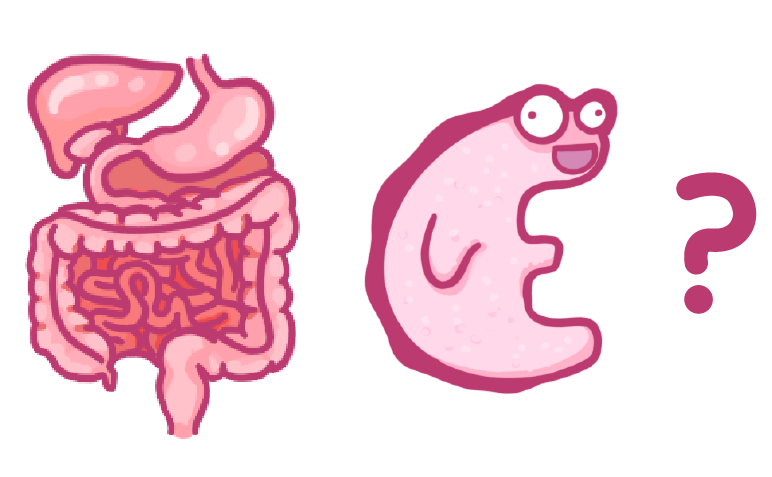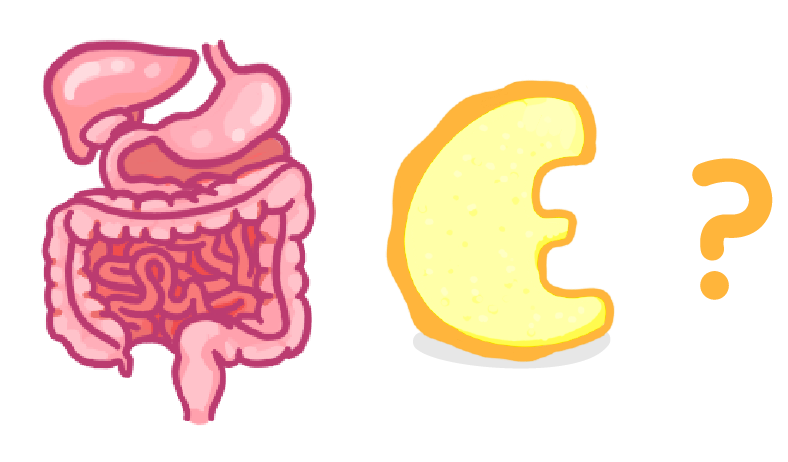Welcome to the Quiz!
This quiz contains 12 questions from a mix of 1 subtopics.
The roles of maltase, pepsin, and trypsin 1Maltase - a carbohydrase enzyme. During digestion, starch is partially broken down into maltose by amylase. Maltase (which is found on the membranes of the epithelium lining the small intestine) then converts maltose into glucose. |
2Pepsin - a protease enzyme. Pepsin breaks down protein in the stomach, where the conditions are acidic. Pepsin works the best at very low pH. |
3Trypsin - also a protease enzyme. Trypsin breaks down protein in the small intestine, where the conditions are alkaline following neutralisation by bile. Trypsin works the best at high pH. |
is a polymer of glucose, produced by plants.
|
Starch is broken down by the enzyme into maltose molecules. These are then broken down further by into glucose.
|

Which organs in the body produce amylase?
(Select all that apply)
Pancreas
Stomach
Liver
Salivary glands
Small intestines
|
Which of the following foods are most likely to be a good source of protein?
(Select all that apply)
Tomatoes
Apples
Nuts
Fish
|

Proteins are broken down by a group of enzymes called into individual monomers called .
|
Which two of the following are examples of protease enzymes?
Lipase
Trypsin
Maltase
Pepsin
|

Which organs in the body produce protease enzymes?
(Select all that apply)
Stomach
Salivary glands
Pancreas
Liver
Small intestines
|
What does the term 'lipids' refer to?
Fats
Oils
Fats & oils
|
Is bile an enzyme?
Yes
No
|
How does bile help with the digestion of lipids?
|

Which organs in the body produce lipase enzymes?
(Select all that apply)
Pancreas
Liver
Salivary glands
Small intestines
Stomach
|